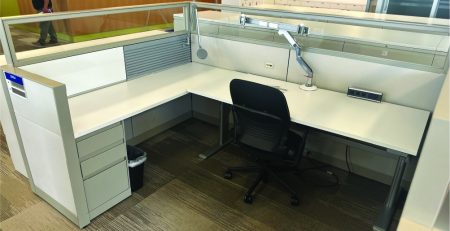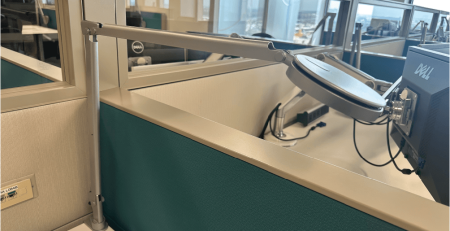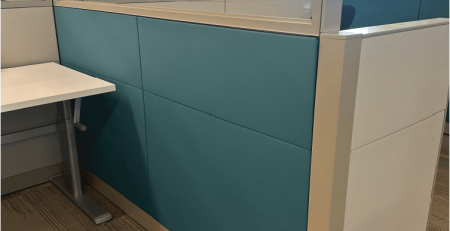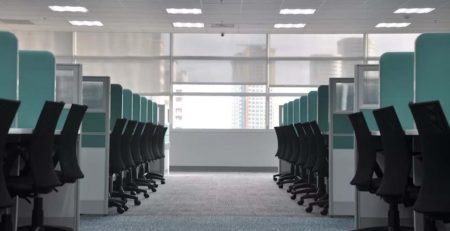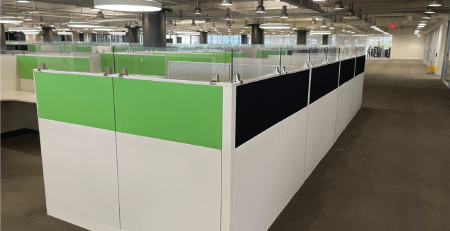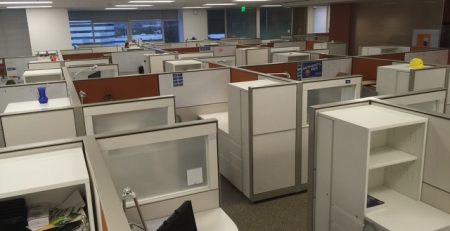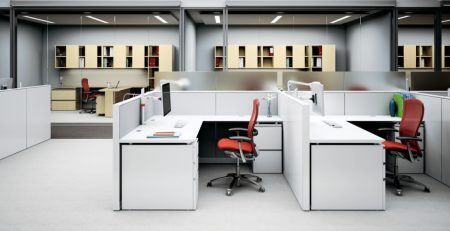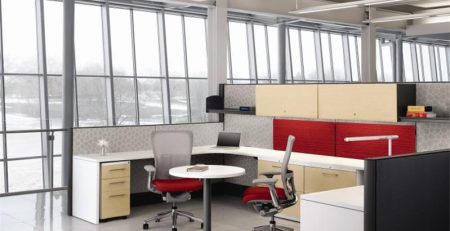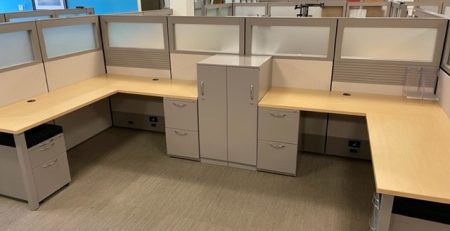How Updated Cubicle Designs Affect Productivity
Cubicle design has undergone significant changes over the years, and these changes have had an impact on productivity in the workforce. Cubicles were originally designed in the 1960s as a way to create a more open office layout while still providing some privacy and personal space for employees. They were designed to be modular and easily reconfigured, allowing for flexibility and adaptability in the office.
In the 1980s and 1990s, cubicles became more standardized and mass-produced, with a focus on efficiency and cost-saving. They were often smaller and more cramped, with little room for personalization. This led to complaints about a lack of privacy and comfort, and some research suggested that cubicles could have a negative impact on employee morale and productivity.
In recent years, there has been a shift towards more open office layouts and alternative workspace options, such as standing desks and co-working spaces. While cubicles are still used in many offices, they have undergone a redesign to be more comfortable and customizable. Many modern cubicles are larger and offer more personalization options, such as the ability to add dividers or change the height of the walls.
Overall, the changes in cubicle design over time have had an impact on productivity in the workforce. While early cubicles were designed for efficiency and cost-saving, they were often cramped and uncomfortable, leading to complaints from employees. In contrast, modern cubicles are larger and more customizable, allowing for a better balance between privacy and collaboration. By considering the needs and preferences of employees, companies can design cubicles that support productivity and morale in the workforce.

